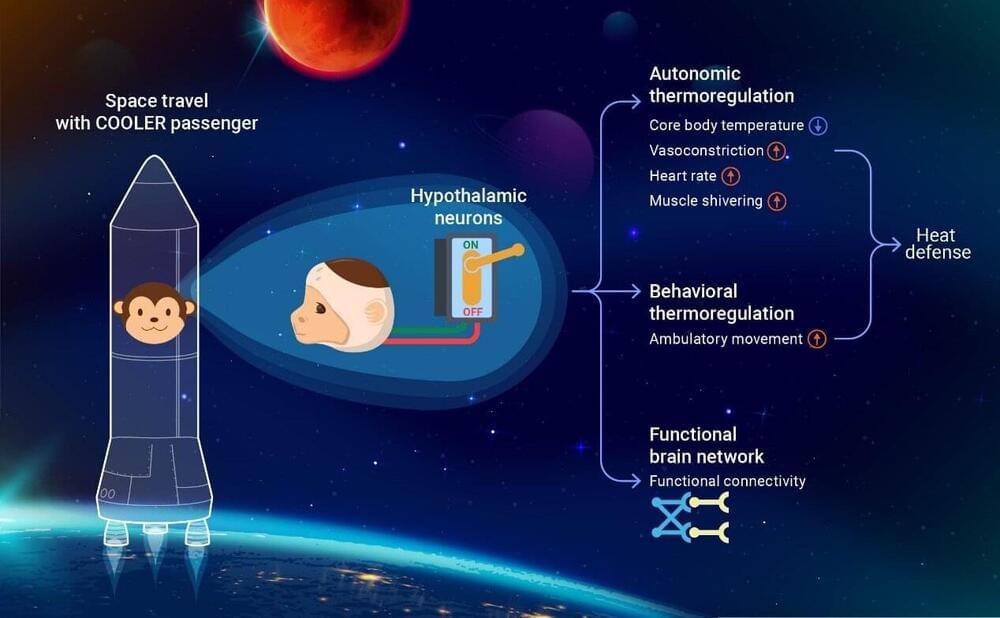Lupin Pharmaceuticals issued a voluntary recall of some blood pressure medication due to the potential presence of a nitrosamine impurity, according to a notice published on the Food and Drug Administration’s (FDA) website.
The recall, issued last week, includes one batch of 20-milligram Quinapril Tablets USP — G102929 — and three batches of 40-milligram Quinapril Tablets USP – G100533, G100534 and G203071, the notice said.
Consumers, wholesalers, distributors and retailers can find the lot number on the side of the label affixed to bottles.








